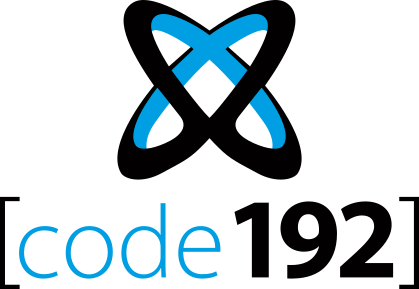(new in version 2020 R2)
Introduction
You can use events in Alpana Server to trigger workflows in external tools, thanks to Webhooks.
When the event happens, Alpana Server sends a query to your web API and includes information about the event.
Creating and Managing a Webhook Subscription
In order to manage Webhook Subscriptions, go to Administration > Webhook Subscriptions on the desired Tenant.
Creating a Webhook Subscription
Click button Add New Webhook Subscription :
Fill-in the “Add New Webhook Subscription” dialog :
Webhook Endpoint
Provide the URL of the external API endpoint that you want to call when the Event happens.
Webhook Event
Select the desired Alpana Server event that will trigger the webhook and send a query to the Endpoint.
Supported Events are :
- Dashboard Comments
- New dashboard comment added : triggered when a new Comment is added. The payload includes the Dashboard or Widget name, and a URL to the comment itself.
- Dashboards
- New dashboard added : triggered when a new Dashboard is added, or when one is copied. The payload includes the Dashboard Id, name, and URL.
- Dashboard deleted : triggered when Dashboard is deleted. The payload includes the Dashboard Id and name.
- Dashboard updated : triggered when a Dashboard is updated, but only if the Dashboard itself changes (new version or version restored), and not if only the name changes. The payload includes the Dashboard Id, name, and URL.
- Datasources
- New datasource added : triggered when a new Datasource is added. The payload includes the Datasource Id and name.
- Datasource deleted : triggered when a Datasource is deleted. The payload includes the Datasource Id and name.
- Datasource updated : triggered when a Datasource is updated. The payload includes the Datasource Id and name.
- Widgets
- New widget added : triggered when a new Widget is added. The payload includes the Widget Id, name, and URL.
- Widget deleted : triggered when Widget is deleted. The payload includes the Widget Id and name.
- Widget updated : triggered when a Widget is updated, but only if the Widget itself changes (new version or version restored), and not if only the name changes. The payload includes the Widget Id, name, and URL.
Additional Webhook Headers
Additionally to the payload body, you can optionally add some headers to the query.
Enter a Header Key and a Header Value and click the button Add.
Deleting a Webhook Subscription
To delete a Webhook Subscription, locate it in the list and click the Delete button in front of it :
Editing a Webhook Subscription
To view details of a Webhook Subscription, locate it in the list and click the Details button in front of it :
In the Webhook Subscription Detail view, you can view its configuration details.
Open the menu “Edit Webhook Subscription” to make changes to its configuration.
Disabling a Webhook Subscription
Open the menu Disable to disable the webhook.
The state will be displayed as Disabled and the Event will no longer trigger the configured query.
Open the menu Enable to enable the webhook again.
The state will be displayed as Active and the Event will again trigger the configured query.
Viewing and Managing Send Attempts
For each Webhook Subscription, in the Webhook Subscription Detail view, you have a list of all the events under Webhook Send Attempts.
Every time an event happens and Alpana Server tries to send the query to your Endpoint, a new entry appears here.
You may use the Refresh button is you want to see changes live.
For each Send Attempt, you can view the following information :
- Webhook Event : internal name for the Event that triggered the Attempt
- Webhook Event Id : internal Id of the Event that triggered the Attempt
- Creation time : time of the Attempt
- Http Status Code : Http Status Code returned by the target Endpoint
- Response : body of the response returned by the target Endpoint
- Data : click button Show Data to view the payload (the body of the sent query)
For each Send Attempt, you can also perform the following Actions :
Resending
Click Resend to send again the query to the Enpoint.
Details
Click View Webhook Event to view details about the event















Post your comment on this topic.